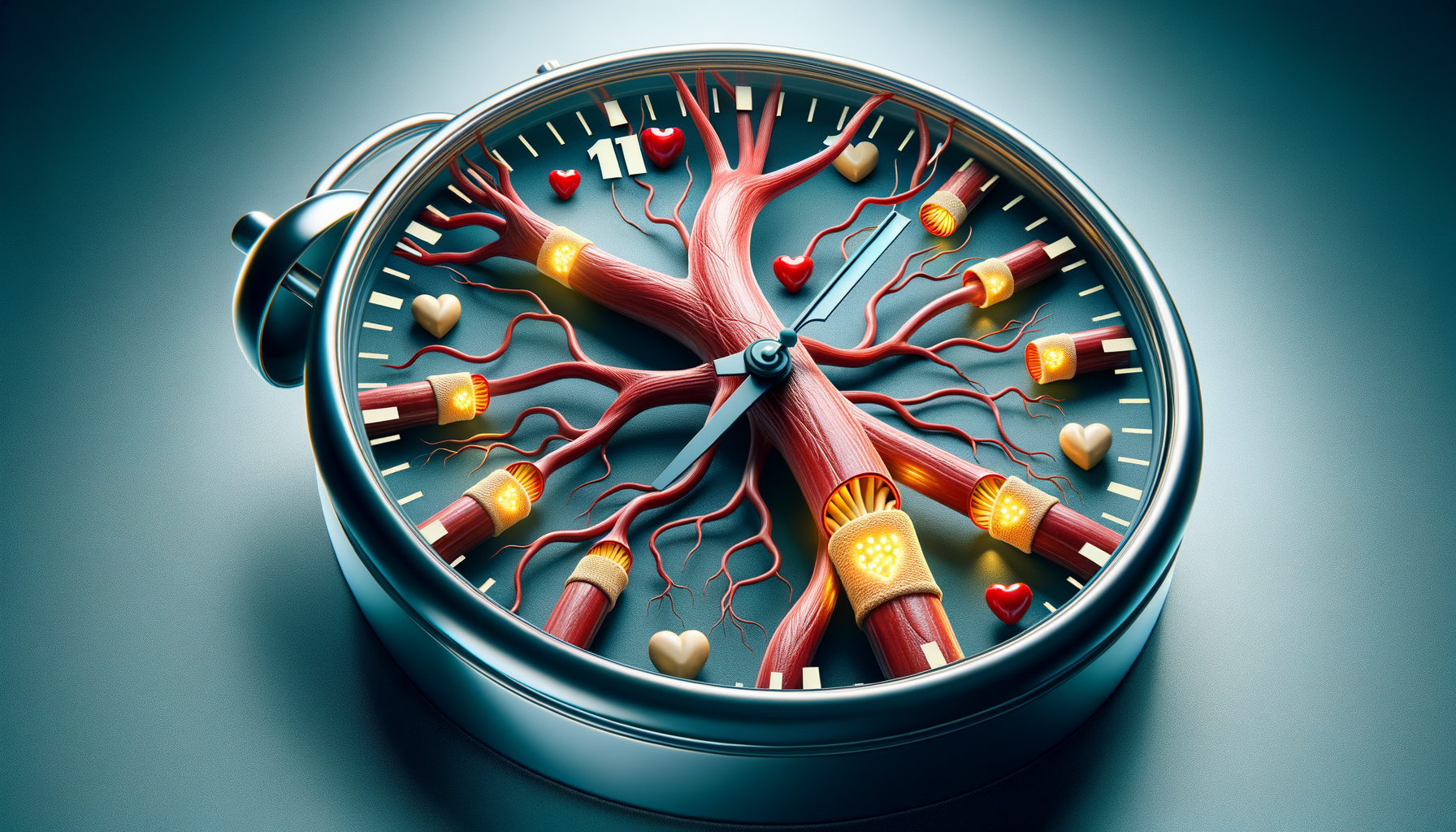Don’t Ignore These 4 Early Signs of Clogged Arteries—Health Insurance May Not Cover Late Treatment
Recognize the early warning signs of clogged arteries before it’s too late. This article explains four critical symptoms, why early detection is vital, and how delays in treatment could impact your health insurance coverage. Learn how to protect your heart health and understand your options for diagnosis, prevention, and insurance in the USA.

Understanding Clogged Arteries
Clogged arteries, medically known as atherosclerosis, occur when fatty deposits, cholesterol, and other substances build up on the walls of arteries, forming plaques. This condition can restrict blood flow, leading to serious cardiovascular problems. Understanding the early signs of clogged arteries is crucial for preventing severe health issues. Early detection can not only save lives but also reduce the financial burden associated with advanced treatments that may not be fully covered by health insurance.
The process of artery clogging is gradual and often silent, making it critical to recognize the subtle signs before they escalate. Factors like high cholesterol, high blood pressure, smoking, and a sedentary lifestyle contribute significantly to this condition. Recognizing and addressing these factors early can help mitigate risks.
Early signs of clogged arteries may include chest pain or discomfort, shortness of breath, fatigue, and even pain in the legs or arms if the arteries in those areas are affected. These symptoms should not be ignored, as they can be indicative of underlying cardiovascular issues that require medical attention.
Four Early Signs of Clogged Arteries
Being aware of the early warning signs of clogged arteries can make a significant difference in outcomes. Here are four critical symptoms to watch for:
- Chest Pain or Angina: This is one of the most common symptoms of clogged arteries. It may feel like pressure, squeezing, fullness, or pain in the chest. This discomfort often occurs during physical activity or stress and subsides with rest.
- Shortness of Breath: When the heart struggles to pump enough blood due to clogged arteries, it can lead to shortness of breath. This symptom may occur during exertion or even while at rest.
- Fatigue: Unexplained fatigue can be a sign that your heart is not receiving enough oxygen-rich blood. If you find yourself unusually tired after routine activities, it could be a red flag.
- Pain in the Limbs: Clogged arteries can also affect blood flow to the limbs, causing pain, numbness, or weakness, especially in the legs. This condition is known as peripheral artery disease (PAD).
Recognizing these signs early can prompt timely medical intervention, potentially preventing more severe complications like heart attacks or strokes.
The Importance of Early Detection and Insurance Implications
Early detection of clogged arteries is not only vital for health but also for financial reasons. Health insurance may not cover all expenses associated with advanced cardiovascular treatments if the condition is diagnosed late. This makes early intervention crucial to avoid unexpected medical bills.
Regular check-ups and screenings, such as cholesterol tests and blood pressure monitoring, can help detect potential issues before they become severe. Adopting a heart-healthy lifestyle, including a balanced diet, regular exercise, and quitting smoking, can also play a significant role in prevention.
In the USA, understanding your health insurance policy and its coverage for cardiovascular conditions is essential. Some policies may offer preventive care benefits that include screenings, which can be a proactive step in managing your heart health.
By recognizing the early signs of clogged arteries and seeking timely medical advice, individuals can take control of their health and potentially reduce the need for costly treatments that may not be fully covered by insurance. This proactive approach not only safeguards health but also offers peace of mind regarding financial aspects.